
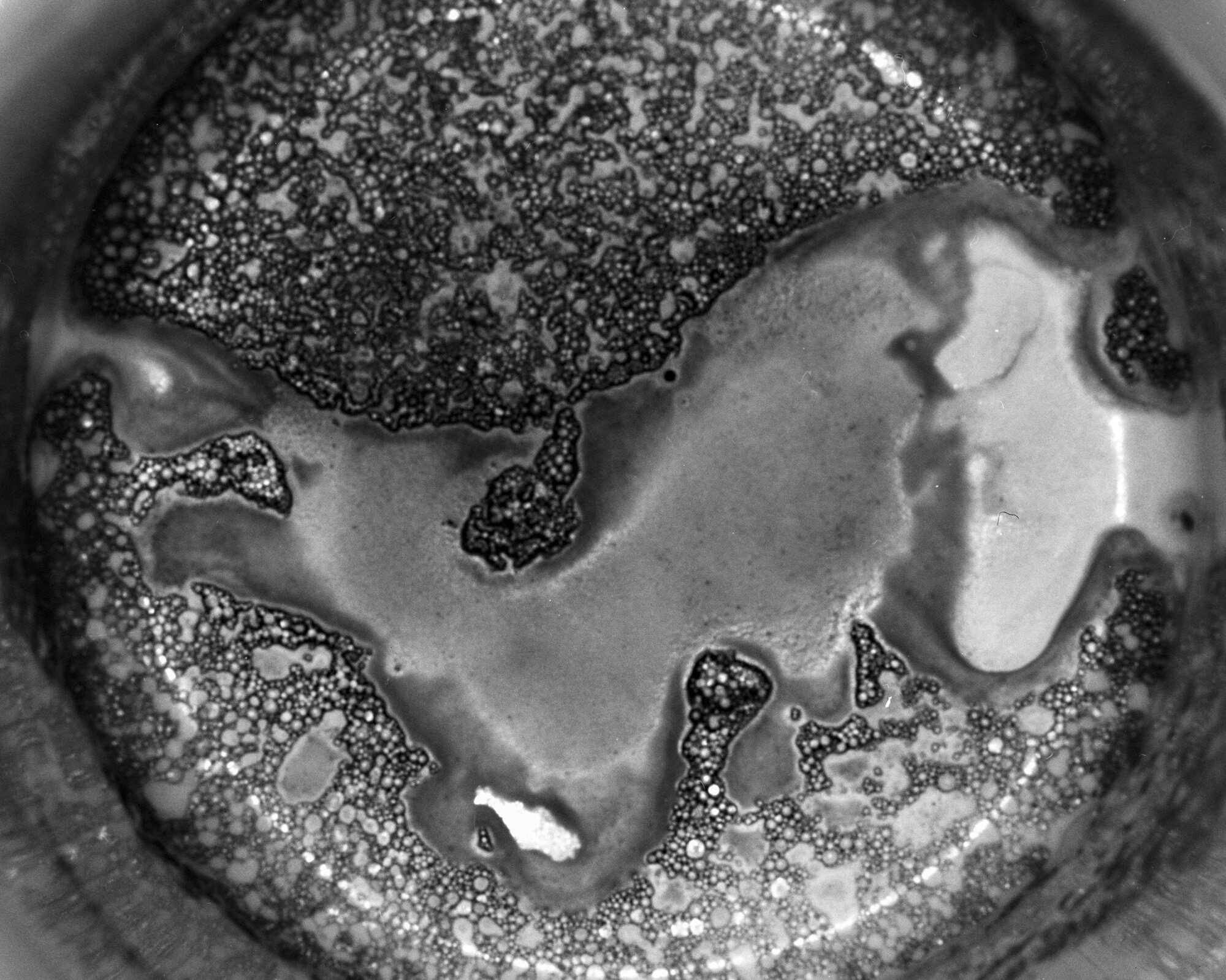
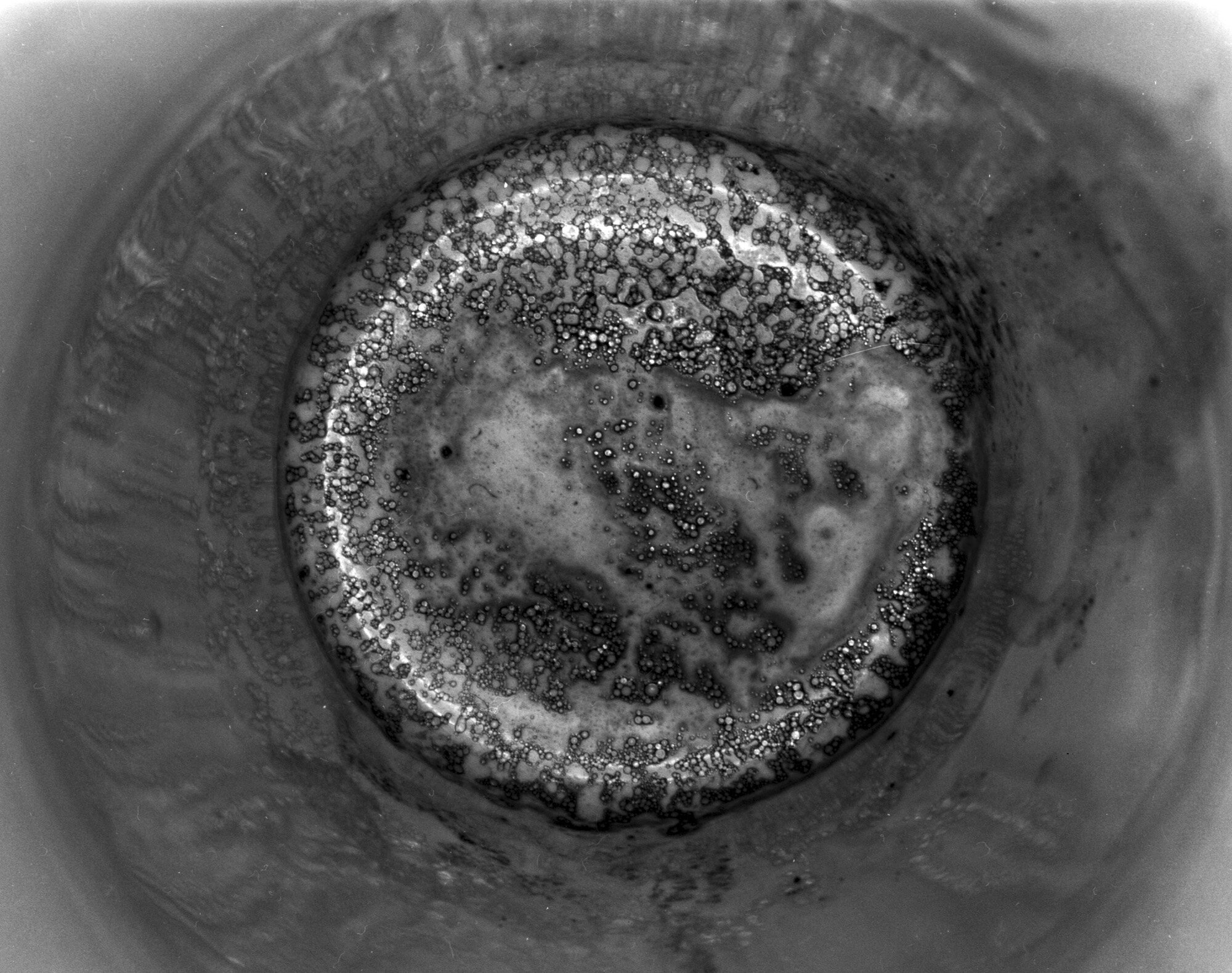

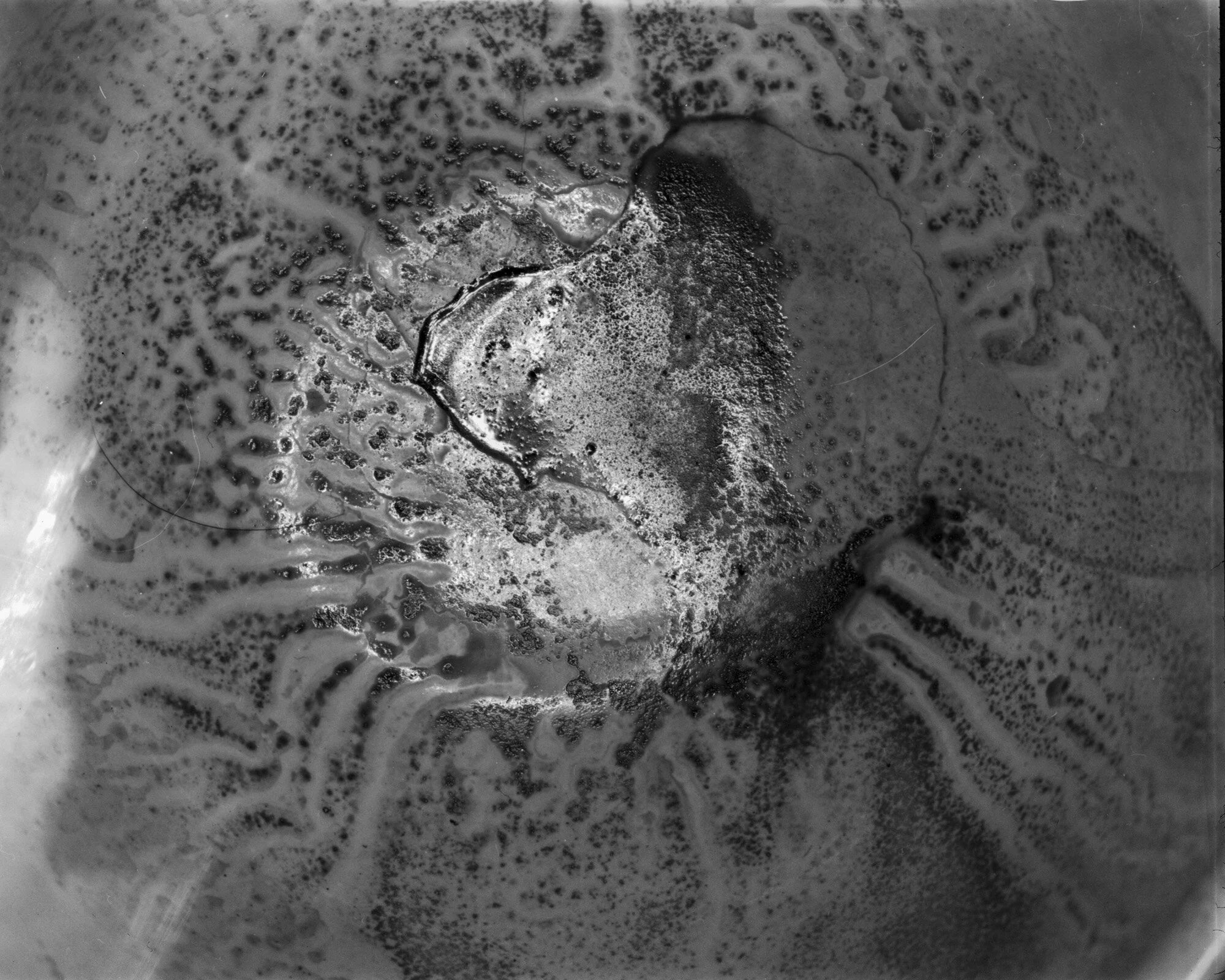
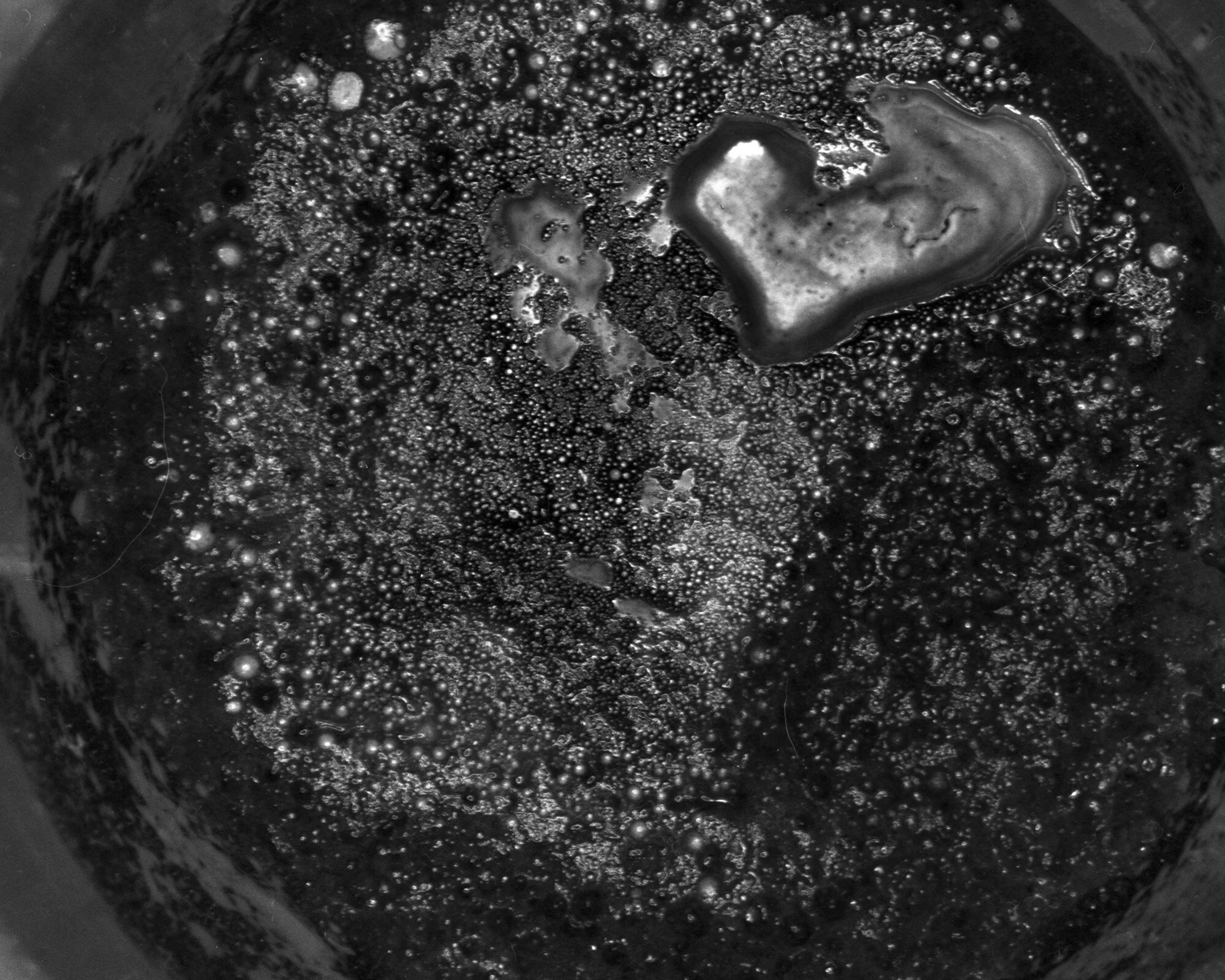


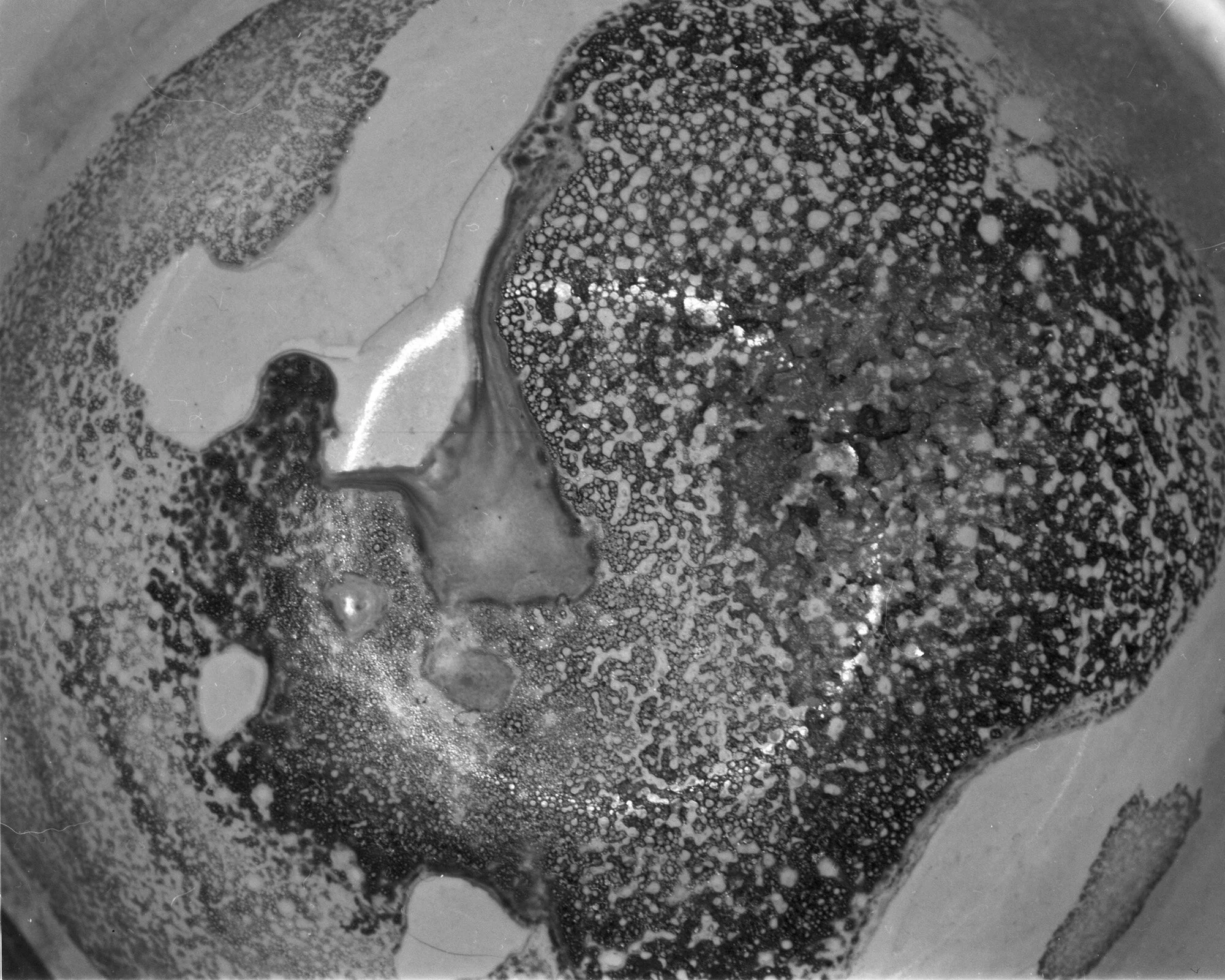

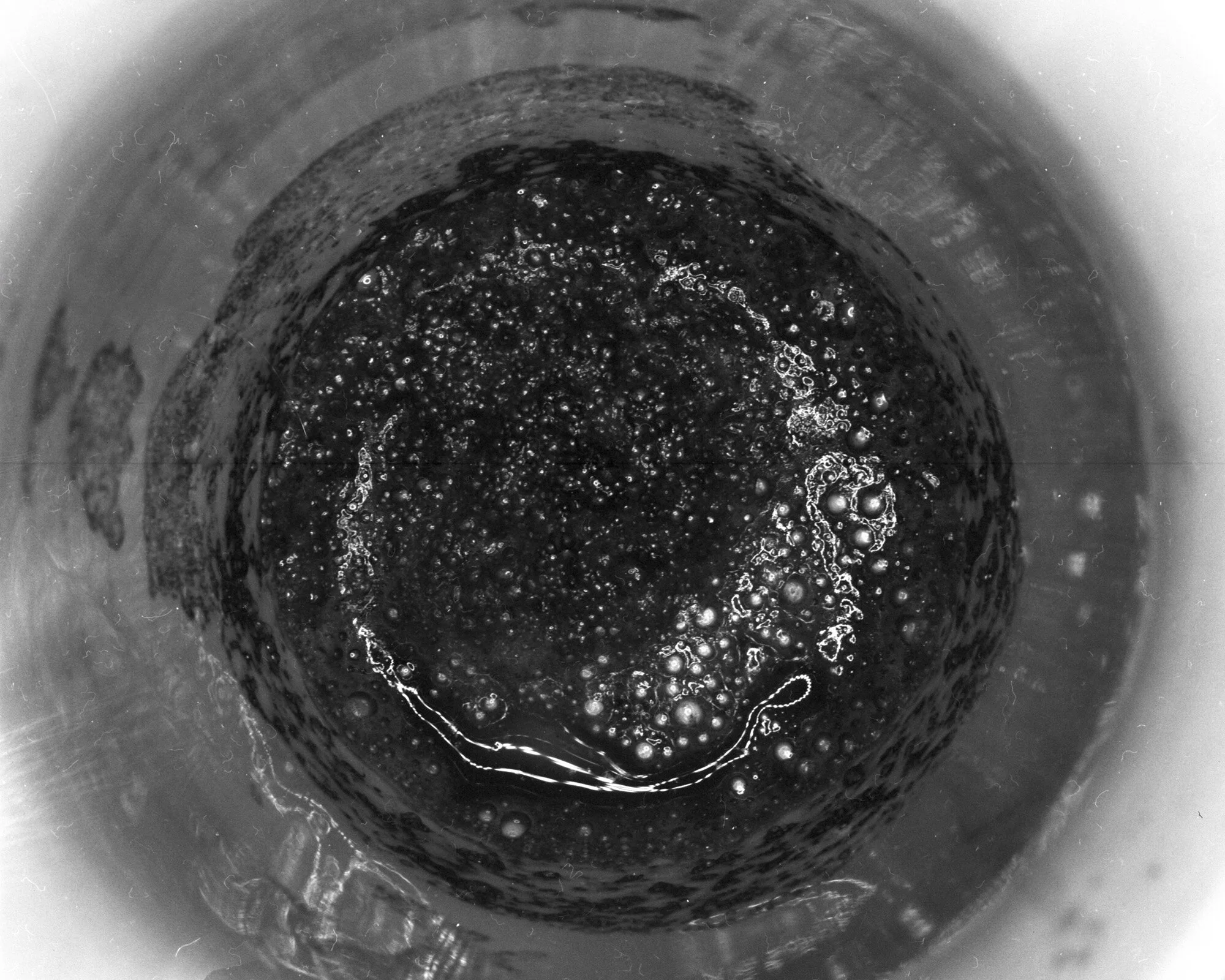
Your Custom Text Here
Measurements of the known universe are based on human understanding of scale and time. Universal distance is based on the speed of a narrow band of electromagnetic waves and the time it takes for these waves (light) to reach an object. But within this band, different frequencies travel at different speeds; this is why the bands of light seen in a rainbow appear in an arch.
What we know of our own universe can be applied to ideas of other universes, the most popular theory is that of the Multiverse: parallel universes coexisting. Another theory though less popular is based on the concept of Russian Dolls. By the early 20th Century, the Irish physicist Edmund Fournier d'Albe suggested that there might be an infinite regression of "nested" universes at different scales, ever larger and ever smaller. In this view, an individual atom might be like a real, inhabited solar system.
In Russian Doll, Theory universes do not sit parallel to each other but actually stack within each other, stacking together like stacking cups. Each smaller universe would need to be measured by different electromagnetic waves. By using black and white photographic film and isolating different bands of the visible light spectrum (Infrared/Red/Orange/Yellow/Blue (Othro) we are able to explore the physical representations of worlds within these smaller universes.
Measurements of the known universe are based on human understanding of scale and time. Universal distance is based on the speed of a narrow band of electromagnetic waves and the time it takes for these waves (light) to reach an object. But within this band, different frequencies travel at different speeds; this is why the bands of light seen in a rainbow appear in an arch.
What we know of our own universe can be applied to ideas of other universes, the most popular theory is that of the Multiverse: parallel universes coexisting. Another theory though less popular is based on the concept of Russian Dolls. By the early 20th Century, the Irish physicist Edmund Fournier d'Albe suggested that there might be an infinite regression of "nested" universes at different scales, ever larger and ever smaller. In this view, an individual atom might be like a real, inhabited solar system.
In Russian Doll, Theory universes do not sit parallel to each other but actually stack within each other, stacking together like stacking cups. Each smaller universe would need to be measured by different electromagnetic waves. By using black and white photographic film and isolating different bands of the visible light spectrum (Infrared/Red/Orange/Yellow/Blue (Othro) we are able to explore the physical representations of worlds within these smaller universes.
©Tom Warland 2024